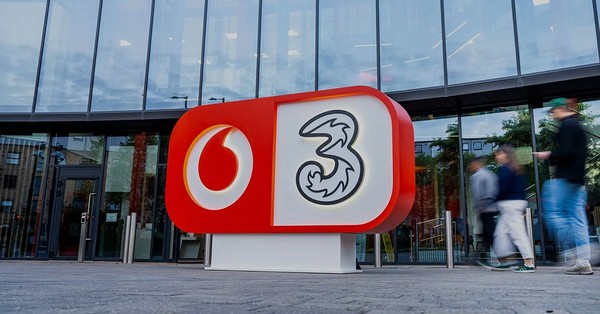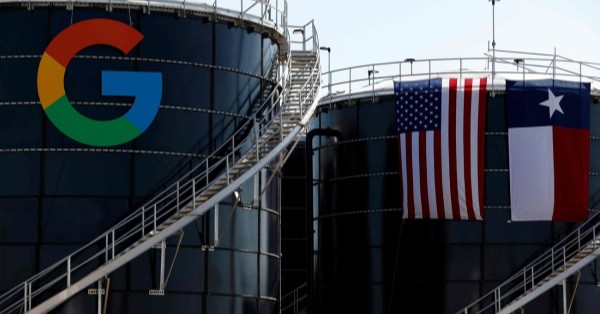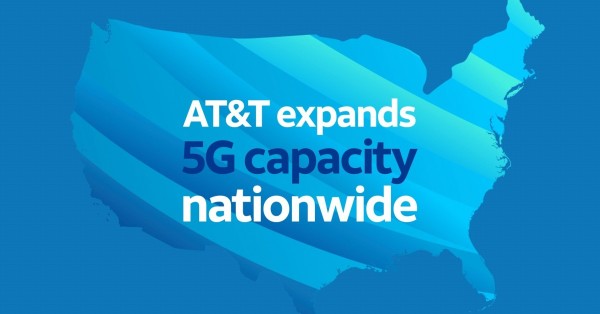VodafoneThree selects Ericsson and Nokia for nationwide 5G SA rollout
Fresh off its merger, VodafoneThree has locked in eight-year vendor deals with Ericsson and Nokia to underpin a £11 billion UK network build that is front-loaded for rapid 5G Standalone coverage gains.
Vendor deals and scope of the UK 5G SA build
VodafoneThree selected Ericsson and Nokia as primary technology partners for one of the largest privately funded mobile infrastructure programs in Europe, with contracts collectively valued at over £2 billion. Ericsson will refresh existing 4G/5G assets and deploy RAN and core solutions at more than 10,000 sites, while Nokia will deliver radio equipment to roughly 7,000 sites and modernise parts of the voice core. Four UK-based build partners—Beacon Communication Services, Circet Wireless, M Group, and WHP Telecoms—will execute site works nationwide.
Rollout milestones, coverage targets and initial results
The combined operator’s plan is designed to move quickly. In year one, close to three quarters of the population are targeted for access to its fastest 5G services, rising to about 90% population coverage on 5G Standalone by year three and reaching roughly 99.95% by 2034 under a regulated, fully funded build plan. Early integration wins are visible: millions of Vodafone and Three users now roam across each network at no extra cost, over 7 million Three and SMARTY customers have seen notable 4G speed uplift, and the companies expect to eliminate around 16,500 square kilometres of partial not-spots by year-end.
UK market impact of a nationwide 5G SA deployment
This is a scale play intended to break the UK’s 5G SA inertia, de-risk supply chains post-Huawei, and give enterprises a clearer path to next-gen mobile capabilities.
Enabling network slicing, low latency and enterprise 5G use cases
Standalone 5G has been slow to reach nationwide maturity in the UK, limiting advanced use cases like network slicing, low-latency automation and assured QoS. A front-loaded program with defined milestones and national reach creates a more predictable platform for sectors such as manufacturing, logistics, energy and financial services to invest in real-time automation, remote operations and AI-driven services.
Supply chain resilience, security compliance and energy-efficient RAN
With high-risk vendors phased out, doubling down on Ericsson and Nokia aligns with national security policy and operational continuity. The choice concentrates expertise but also raises the bar on programmability, energy efficiency and automation, critical as operators pivot to cloud-native cores and software-driven RAN features.
Technology stack: modern RAN, cloud-native core and AI readiness
The vendor split suggests a balanced architecture strategy focused on cloud-native 5G SA, RAN modernization and voice evolution toward VoNR at scale.
Large-scale RAN upgrades and 5G SA core deployment
Ericsson’s scope spans a large footprint of RAN upgrades plus core network deployment, supporting the journey from NSA to SA and enabling advanced features as 3GPP Release 17/18 functions mature. Nokia’s radio portfolio extends coverage and capacity across thousands of additional sites and its voice core work positions the operator for high-quality VoNR as SA densifies. The combined effort should improve spectral efficiency across low-, mid- and high-band holdings and prepare for densification where traffic growth demands.
Cloud-native architecture, programmability and automation strategy
VodafoneThree’s “AI-ready” narrative translates to a cloud-native core, increased use of automation and analytics, and exposure of network capabilities via APIs. Expect investments in observability, NWDAF-driven insights, SON/RIC-driven optimisation, and groundwork for slicing and MEC. For enterprises, this lays the foundation for assured latency, deterministic performance, and integration with edge applications across verticals.
Economic outcomes and regional benefits across the UK
Beyond coverage, the build aims to create skilled jobs, local supply chain activity and productivity gains across the UK’s regions.
Jobs, skills development and UK supply chain mobilisation
Over the eight-year program, demand for as many as 13,000 roles is projected across engineering, construction and maintenance, with nearly three quarters of positions outside London and the South East. UK-based site partners add execution capacity and regional reach. Success will require streamlined planning processes, safety and skills programs, and coordination with power and fibre providers to keep timelines on track.
Productivity gains and digital inclusion for regions
The operator estimates the program could add over £100 billion to UK economic output over the decade to 2035 by lifting connectivity quality for households and businesses. Reducing not-spots and extending SA coverage into towns and rural areas supports digital inclusion and unlocks use cases in agriculture, transport, public safety and remote healthcare.
Key execution risks and dependencies to watch
Scale and pace are differentiators, but integration complexity and macro constraints remain real.
Integration complexity, spectrum optimisation and backhaul capacity
Consolidating two national networks while upgrading to SA is a non-trivial task. Site rationalisation must balance coverage and capacity; spectrum across low bands for reach and mid bands for capacity must be optimised; and fibre or high-capacity microwave backhaul must keep ahead of traffic growth. Close attention to VoNR readiness and fallback behavior will be critical for service quality.
Open RAN adoption, RIC roadmap and interoperability
The announcement prioritises incumbent vendors; the extent of Open RAN adoption, RIC deployment, and multi-vendor interoperability remains to be seen. Enterprises and partners should watch for timelines on disaggregated RAN pilots, energy-efficiency targets, and how software upgrades map to new features and SLAs.
Regulatory milestones, reporting and sustainability metrics
The build is tied to a regulated plan overseen by Ofcom and shaped by merger commitments scrutinised by competition authorities. Expect reporting against coverage and quality milestones. Power costs, site access, and sustainability metrics will also influence TCO and pace.
Enterprise next steps: pilots, devices and alignment to rollout
With a clearer SA roadmap, buyers can plan proofs-of-concept and procurement around concrete coverage and feature timelines.
Pilot plans for SA, slicing and assured latency workloads
Identify sites where SA will arrive earliest and run controlled pilots for latency-sensitive workloads, video analytics, AGVs and remote operations. Define KPIs and SLAs for slicing as features become commercially available, and align device and module roadmaps for SA and VoNR support.
Device validation across Nokia/Ericsson and NSA-to-SA transition
Validate devices and applications across both Nokia and Ericsson footprints to avoid surprises in radio behavior, handovers and voice continuity. Plan for NSA-to-SA transition tests, fallback strategies, and firmware pipelines for modems and IoT endpoints.
Engage on MEC, network APIs and security policies
Explore exposure of network capabilities via standardized APIs, integrate with MEC where available, and map data and security policies to multi-site, low-latency architectures. Build commercial models that tie network performance to business outcomes as coverage expands.
Bottom line: VodafoneThree’s vendor choices and front-loaded spend create the most concrete nationwide 5G SA path in the UK to date; the value for enterprises will come from disciplined pilots, device readiness, and tight alignment to the rollout calendar.









































